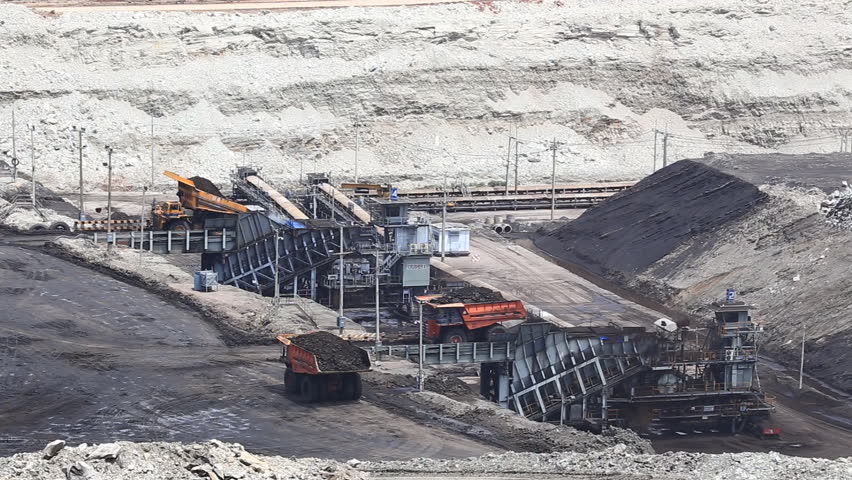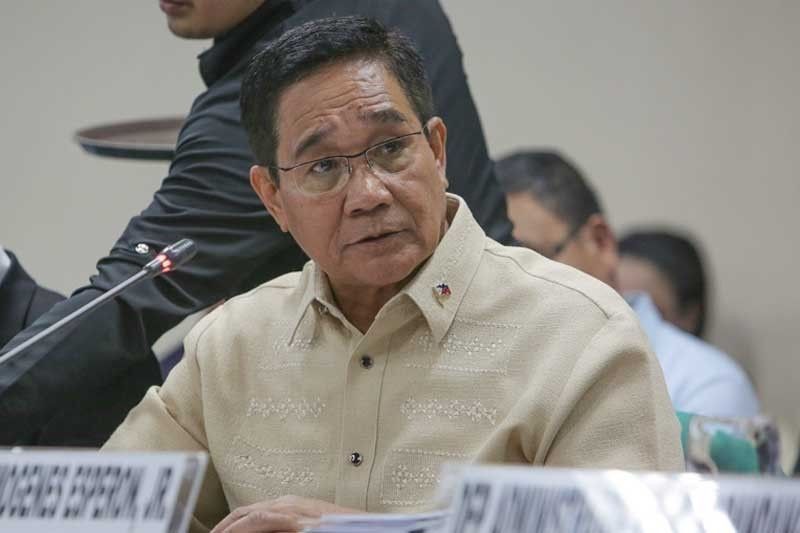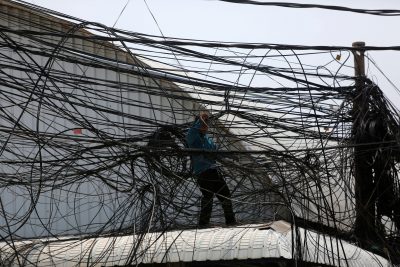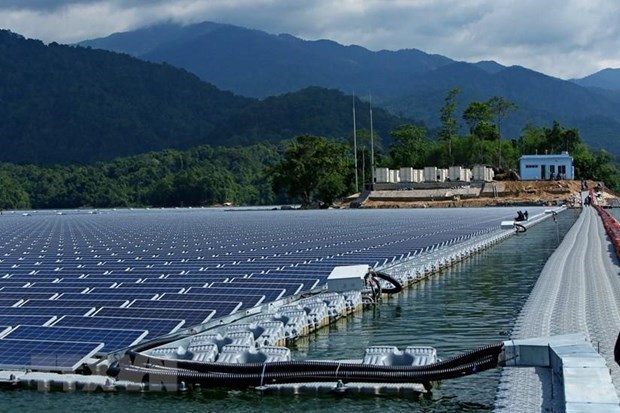- Coal
–
- Thailand
NORTHEN THAILAND
Electrical Authority Prepares to Shut Down Mae Moh Coal Mine
The electric authority is conducting a study to find ways to create new jobs for locals as well as restore the surrounding environment of the coal mine.
Published
1 week agoon
October 27, 2019
By

State-run Electricity Generating Authority of Thailand (Egat) is about to decommission the operation of its lignite coal mine in Mae Moh district of Lampang province.
Tawatchai Jakpaisal, deputy governor for the fuel sector at Egat, said before the mine is closed, the authority is conducting a study to find ways to create new jobs for locals as well as restore the surrounding environment.
“Several thousand people have depended on the mine and power plant for a long time,” he said. “The plan to decommission the mine requires careful consideration to mitigate the impact on locals.”
Turn the coal mine into a smart city.

Mr Tawatchai said Egat may pursue reforestation to help the environment while setting aside some areas for locals to make a living.
With some analysts have advised the authority to turn the coal mine into a smart city, he said any new developments must be compatible and in harmony with locals’ lives.
The lignite coal mine has been the only coal resource for the Mae Moh power plant since 1978. Operated by Egat. This Norther Thailand mine is also the largest coal mine in Thailand.
The coal mine has not supplied underground coal reserves for more than a decade.

“Some people proposed making a large reservoir out of part of the coal mine to serve local irrigation. With others proposing floating solar photovoltaic panels on the reservoir,” said Mr Tawatchai.
Some areas of the mine have been allocated for other activities the Bangkok Post reports. Such as the annual Mae Moh winter festival, held during Nov 22-24.
The event has been held for 15 years and is a major tourist draw.

More than 300,000 tourists are expected to visit this year’s event, up from 200,000 last year. Which generated more 300 million baht in income for locals. This year 500 million baht is also expected to be generated.
He said national lignite production has peaked and Egat is preparing to redevelop some retired power-generating units. In line with declining lignite output.
Egat also runs 13 generating units at Mae Moh, producing 2,400 megawatts for units 4-13. Units 1-3 were decommissioned during 1999-2000.
The Mae Moh plant can supply 50% of electricity to the North

The Mae Moh plant can supply 50% of electricity to the North, 30% to the central region and 20% to the Northeast.
“Only 10 units are in operation and some are scheduled to retire over next five years,” said Mr Tawatchai.
In July, Patana Sangsriroujana, Egat’s deputy governor for policy and planning, said Egat is proceeding with a repowering plan for Units 4-7, constructing generator replacements.
The replacement of Units 4-7 and the repowering project was approved by the government on Aug 19, 2014. The four units had a combined capacity of 560MW.









